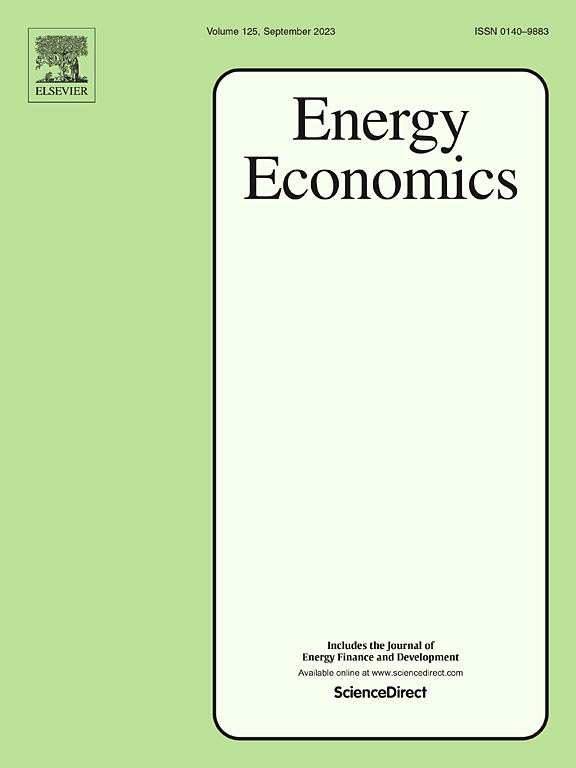Environmental policy in vertical chains with endogenous technology portfolio
IF 13.6
2区 经济学
Q1 ECONOMICS
引用次数: 0
Abstract
We analyze the impact of environmental policy in a supply chain where an upstream monopolist uses a mixed portfolio, consisting of a polluting and a green technology. We examine and compare a no-intervention benchmark, a green subsidy, an abatement tax, a mandatory green standard, and a combined policy (mandatory standard and tax), where policy instruments maximize welfare. Compared to the benchmark, prices are higher (lower), total output is smaller (larger), green capacity is larger, polluting capacity, profits, and consumer surplus are smaller (larger), and social welfare is greater with a binding tax (with a subsidy). A subsidy leads to larger green capacity than a tax and, unless the damage is high enough, to lower polluting capacity and greater welfare. A mandatory standard is outcome equivalent to a subsidy, except for the upstream manufacturer, who strictly prefers the latter. For small enough damage, a combined policy benefits not only society, but also consumers and retailers relative to the benchmark.
具有内生技术组合的垂直产业链环境政策
我们分析了供应链中环境政策的影响,其中上游垄断者使用混合投资组合,包括污染技术和绿色技术。我们研究和比较了无干预基准、绿色补贴、减排税、强制性绿色标准和综合政策(强制性标准和税收),其中政策工具使福利最大化。与基准相比,价格更高(更低),总产出更小(更大),绿色产能更大,污染能力,利润和消费者剩余更小(更大),并且有约束力的税收(有补贴)的社会福利更大。与税收相比,补贴能带来更大的绿色产能,除非损害足够大,否则补贴能降低污染产能,提高福利。强制性标准是一种相当于补贴的结果,上游制造商除外,他们严格倾向于后者。对于足够小的损害,相对于基准,一项综合政策不仅有利于社会,也有利于消费者和零售商。
本文章由计算机程序翻译,如有差异,请以英文原文为准。
求助全文
约1分钟内获得全文
求助全文
来源期刊

Energy Economics
ECONOMICS-
CiteScore
18.60
自引率
12.50%
发文量
524
期刊介绍:
Energy Economics is a field journal that focuses on energy economics and energy finance. It covers various themes including the exploitation, conversion, and use of energy, markets for energy commodities and derivatives, regulation and taxation, forecasting, environment and climate, international trade, development, and monetary policy. The journal welcomes contributions that utilize diverse methods such as experiments, surveys, econometrics, decomposition, simulation models, equilibrium models, optimization models, and analytical models. It publishes a combination of papers employing different methods to explore a wide range of topics. The journal's replication policy encourages the submission of replication studies, wherein researchers reproduce and extend the key results of original studies while explaining any differences. Energy Economics is indexed and abstracted in several databases including Environmental Abstracts, Fuel and Energy Abstracts, Social Sciences Citation Index, GEOBASE, Social & Behavioral Sciences, Journal of Economic Literature, INSPEC, and more.
 求助内容:
求助内容: 应助结果提醒方式:
应助结果提醒方式:


